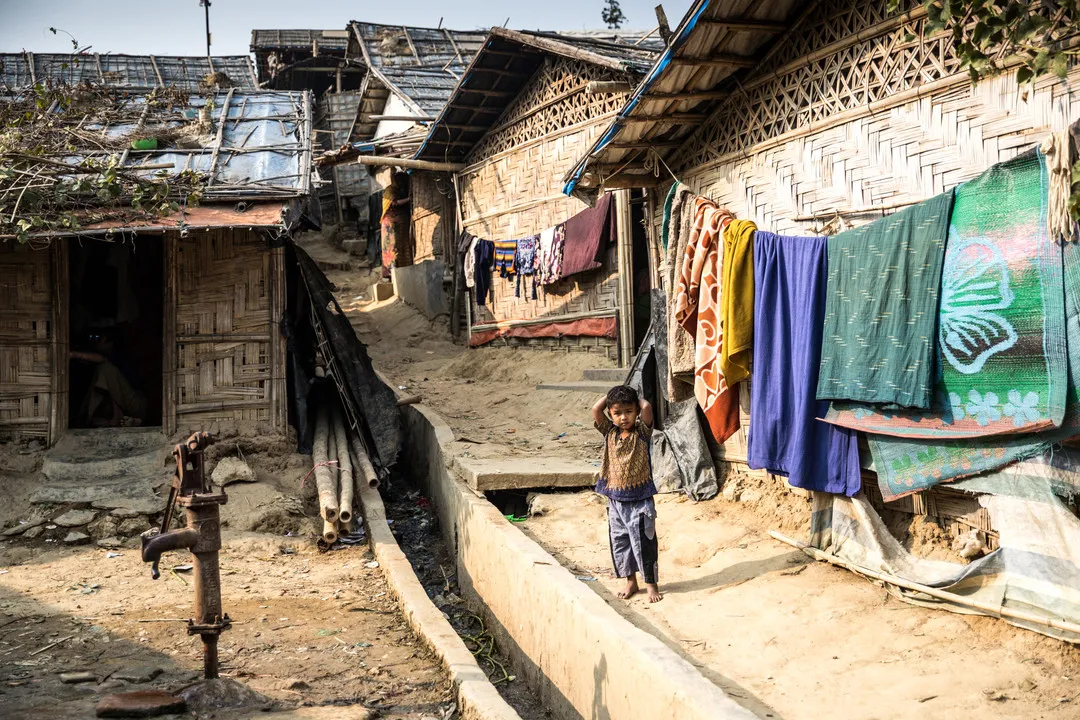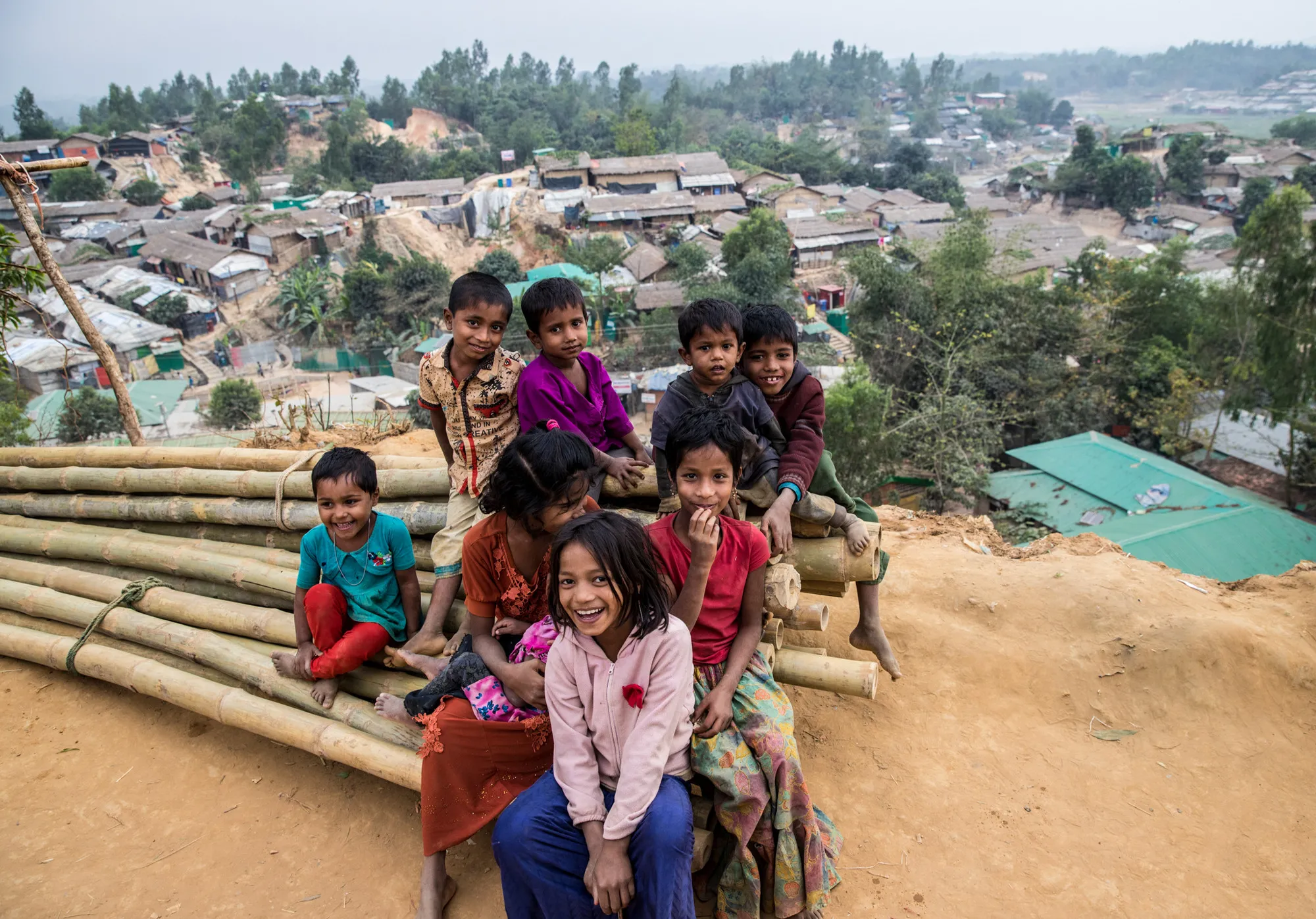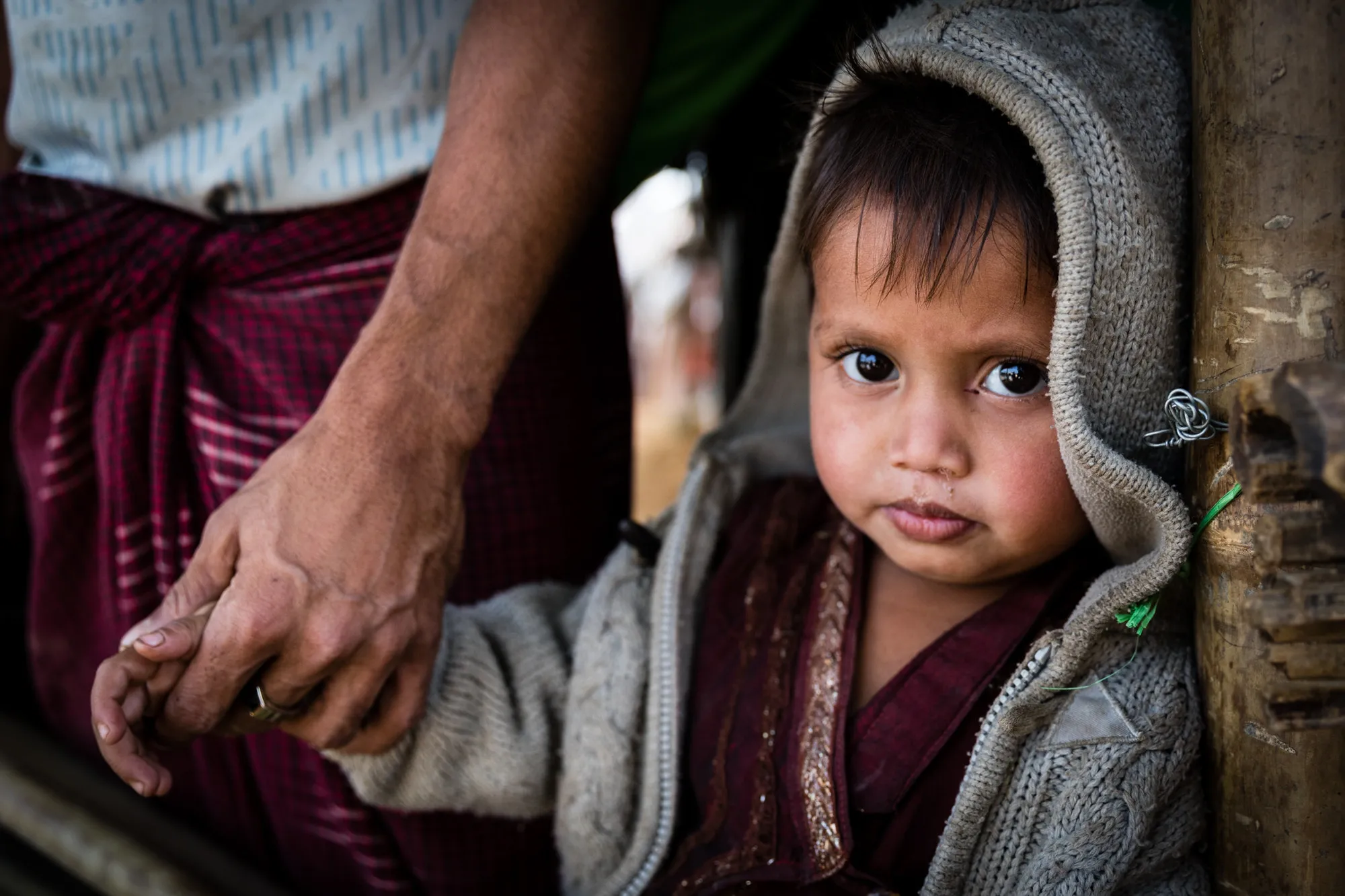More than 85 percent of the world’s refugees are hosted by countries that have difficulty even meeting their own citizens’ needs, and Bangladesh is no different.
Here, the total estimated Rohingya population in Cox’s Bazar district is well over a million –and growing at an estimated birth rate of 35,000 children per year.
When will the Rohingya return?
Governments have spent an estimated $1.22 billion on the refugee crisis each of the past five years. CARE’s programs in Bangladesh — including onsite support in camp infrastructure, water, sanitation, hygiene, primary health care, and protection-related services — have reached more than 450,000 people to date.
Still, displaced lives need more than just services and programs — what refugees really want is to return home.
“It’s been 6 years in this camp,” says Hasan,* 30, a Rohingya refugee living in Cox’s Bazar.
“At first, everything was difficult and chaotic. Over time, NGOs helped us and things got better. But now, there are fewer NGOs and less food. This makes life hard again.”
What happens when funds dwindle?
As nearly a million Rohingya begin their seventh year displaced in Bangladesh, the crisis is becoming one of the world’s most protracted. The funding level is beginning to diminish, perhaps competing with other, newer crises around the world. This has pushed refugees into new uncertainty.



